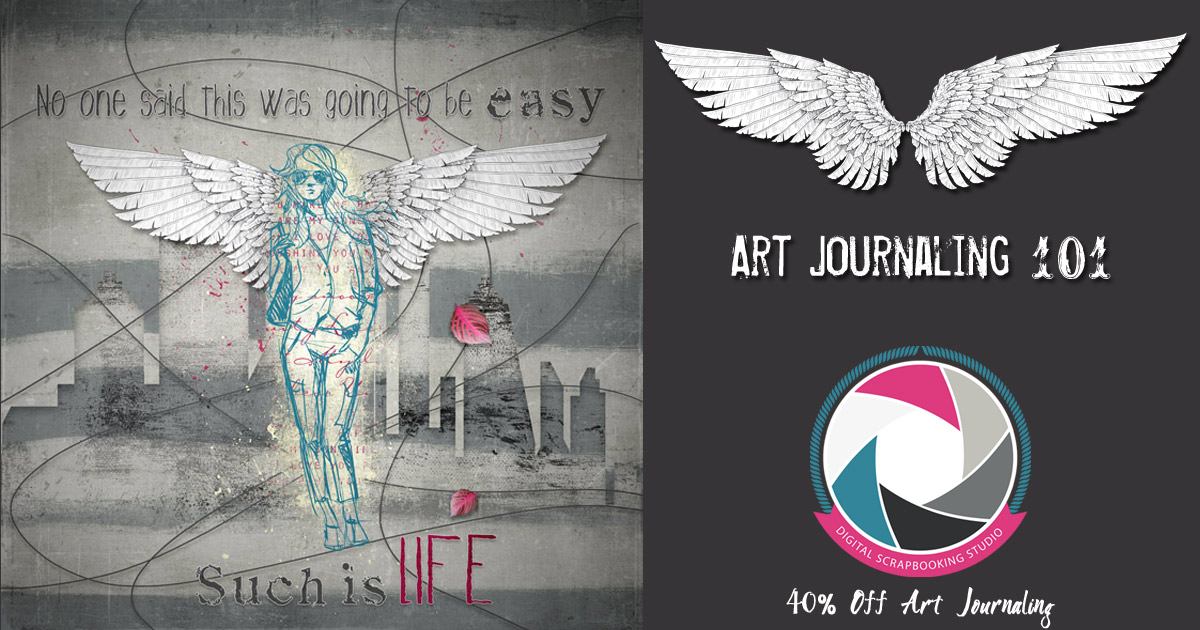 Hello … I’m Jill; the person behind Jilbert’s Bits of Bytes. I’m here to introduce you to Art Journaling by explaining what it is and ways of doing it. At the end of this post, I have some links to share with you that helped me, and hopefully will help you, discover more about the world or art journaling.
Hello … I’m Jill; the person behind Jilbert’s Bits of Bytes. I’m here to introduce you to Art Journaling by explaining what it is and ways of doing it. At the end of this post, I have some links to share with you that helped me, and hopefully will help you, discover more about the world or art journaling.
Trying to define Art Journaling is like herding cats. This is because it really has no rules to define it by. When I first started bringing my mixed-media art into my scrapbooking, someone told me I was art journaling. My immediate thoughts were — WOW! … Really? … What’s art journaling? Even they couldn’t give me a definition. However, to not give you at least an idea of what it is would be a cop-out, so I’m going to try to do my best to give you my take on art journaling.
My art can best be described as either mixed-media and/or abstract art. Mixed media means I use multiple artistic mediums to create my art (acrylics, watercolors, pens, found objects, etc.) and my subject matter tends to represent something that isn’t photo realistic. One place I do diverge from a typical mixed-media artist is that I tend to “paint” on my computer. In fact, that’s how I discovered digi-scrapping … I was looking for some “found” elements to add into my art. Why am I telling you this? Because, as I found out, this is one form of art journaling and, like mixed-media art, art journaling can be done with real art supplies or digitally. Below is one of my early attempts at art journaling digitally, back before I knew there was a name for it.
O.K., so that’s the art part of art journaling; what’s the journal part? It’s actually a two-part thing. Many artists keep a journal … it can be spiral bound, tied together, bound like a book … something similar to that diary you may have had when you were a kid. The cool thing about this journal is that it’s meant for only you. It’s where you can try stuff out without worrying about finishing it, what it looks like, or showing it to anybody. It’s also used to write notes (the other part of journaling), paste examples, etc. Starting to sound familiar? Below is an example of some of my journals that I’ve done my experiments in.
If you’re going to art journal physically, you would typically use a journal albeit one that has sturdy pages in it; for example, something that’s 90 lb or heavier. However, some art journalers do their journaling on a individual pages, then bind a set of these pages together when they’re done. Doing it that way eliminates the “fear” of messing up a page and ruining your journal. However, in art journaling, there are no mistakes … if you want to hide something cover it with gesso or figure a creative way to build on your mistake. Personally, I prefer to do my art journaling like I do my art, digitally. Why? Because there’s no clean-up and there’s an “undo” (although it’s obvious from the photo above, I don’t always clean-up).
There is a wealth of information on how to do art journaling, but like I said earlier, there really are no rules. Part of the no rules is that you don’t have to actually write (or journal) anything. In fact, some folks actually do write things out, then hide their writing in some way, to keep it private, as a form of therapeutic art. Another no-rule has to do with photos … you can add them or not. I often like to add an artistic element to my photos like my example below. In my mind, by adding photos to an art journal page I get the best of both worlds: art journaling and digi-scrapping.
If you’re looking to try your hand at art journaling digitally, theStudio is having an Art Journaling 101 Sale to introduce you our growing art journaling products. This means you’ll get 40% off all products in the Art Journaling category. This doesn’t mean you can’t use regular kits to art journal (remember, there are no rules), it just means these products were designed with art journaling in mind.
The easy way to find the products that are on sale is to click on Art Journaling in the top menu bar.
You can also get to it from the Personal Use area by scrolling down to the bottom of the left column and, under Style (PU), just check the Art Journaling box.
Finally, I’d like to share some links to sites that I discovered when I started my art journaling journey. Yes, I know there are a bazillion sites out there about art journaling, but these were, and continue to be, the ones I always go back to.
Julie Fei-Fan Balzer – http://balzerdesigns.typepad.com/
Dina Wakley – http://dinastamps.typepad.com/
While this next one isn’t actually an art journaling site, it’s just a great place to learn about different techniques that can be used in creating art journal pages.
Tim Holtz – http://timholtz.com/blog/
Of course, the best place to find examples of art journal pages is on Pinterest.
If you have any questions, links to share, or comments, please do add them to the comments section below and I will do my best to get back to you with an answer (at least the questions).
HUGS!!!

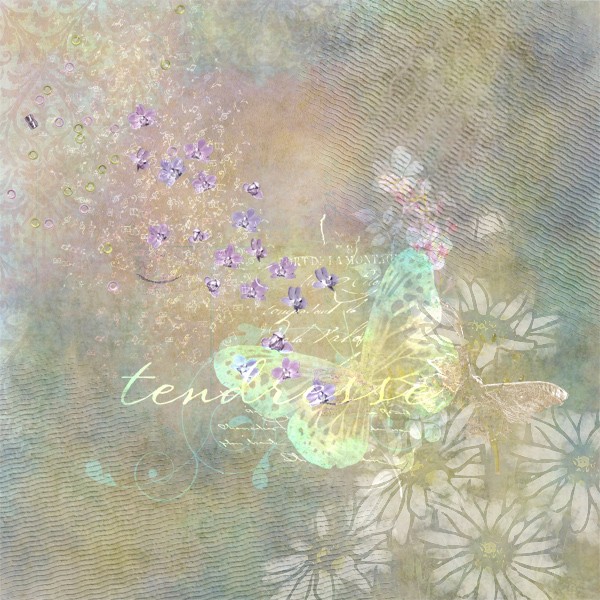
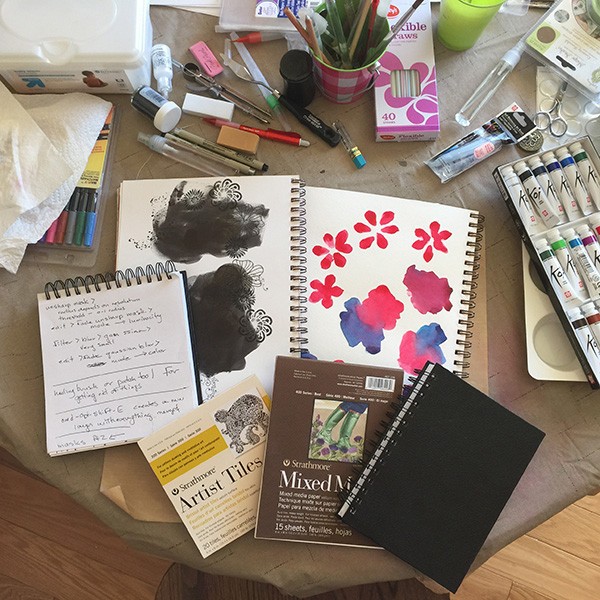
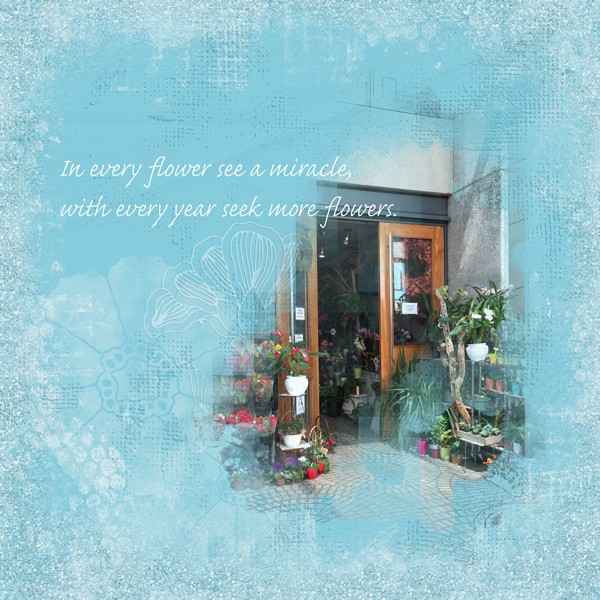



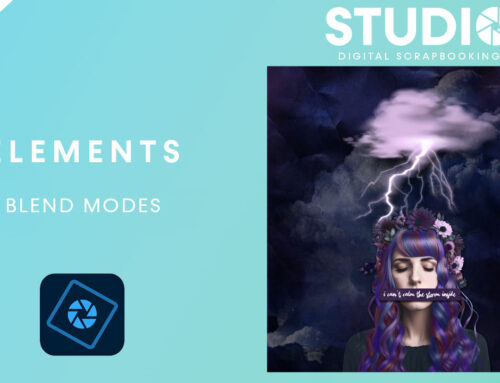


Great article, Jill. It’s nice to know there are “no rules;” therefore, no mistakes! Thanks for your take on this style of scrapping, and also the additional links.
[…] been talking about Art Journaling – which Jill defines for us in this post Art Journaling 101. Jill explains to us that beyond the actual artistic efforts of creating the art, a lot of people […]